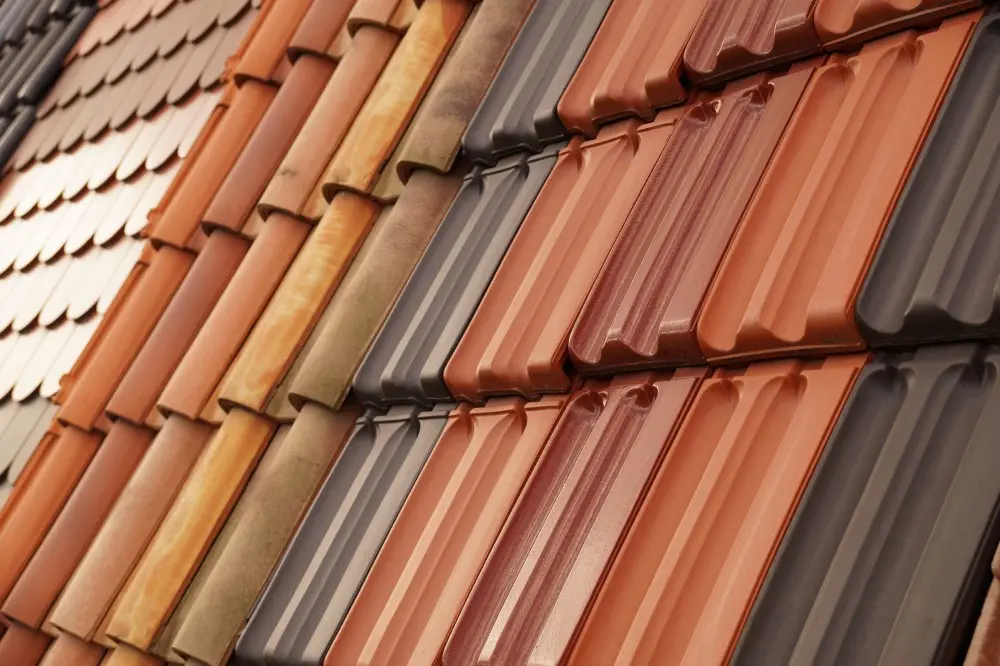What Does "Composition Roof" Actually Mean?
In roofing, "composition" refers to shingles made from multiple materials, like a fiberglass mat, asphalt coating, and mineral granules. These are also called asphalt shingles; the terms are used interchangeably, since traditional asphalt shingles are the most common type of composition roof installed today.
Confusion arises with composite shingles, which often means synthetic roofing materials made from recycled plastics or rubber. In Middle Tennessee, about 80% of homes use composition shingles because they’re affordable, aesthetically flexible, and can withstand harsh weather for 20–50 years, depending on whether you choose three-tab, architectural, or luxury shingles.
Benefits and Drawbacks of Composition Roofing
Composition roofs are a top choice for many homeowners thanks to their affordability and performance. Still, it’s important to know the pros and cons before you choose this roofing option.
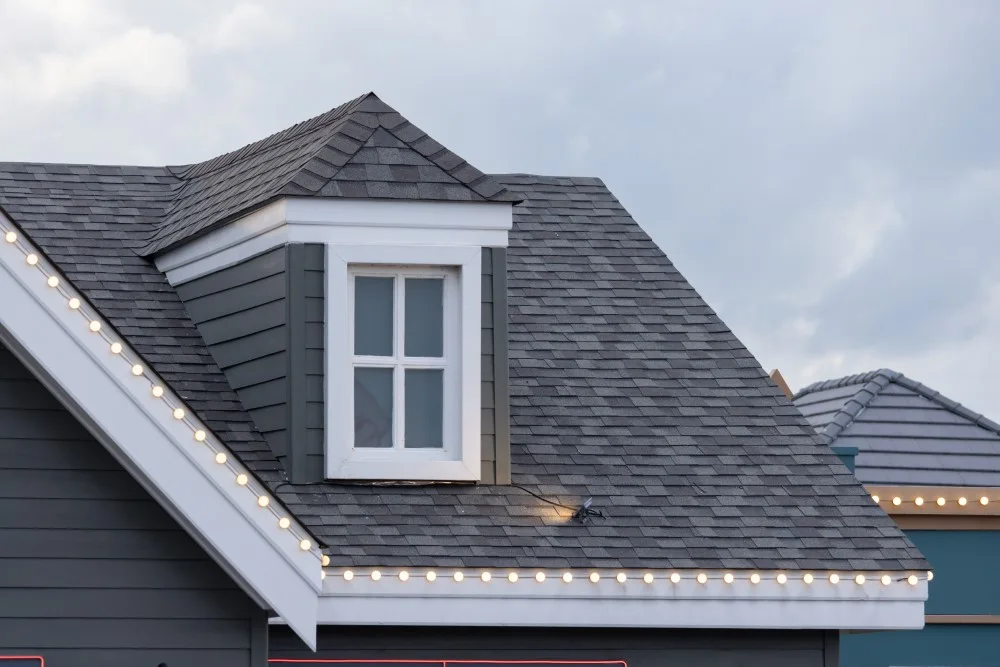
Advantages
- Affordable: Lower cost than metal, slate, or tile roofing.
- Style variety: Many colors and textures fit any home design.
- Durable: Resists UV rays, wind, and fire.
- Easy repairs: Replace just the shingles if damaged.
- Good ROI: Enhances curb appeal and resale value.
Disadvantages
- Shorter lifespan: Less than natural slate or metal roofing.
- Granule wear: Loses mineral granules over time.
- Heat retention: Dark shingles absorb more heat.
- Eco impact: Uses petroleum-based materials, adds landfill waste.
Understanding the Three Types of Composition Shingles
Not all composition shingles perform identically. In the roofing industry, there are three distinct categories, each built for different budgets and performance expectations.
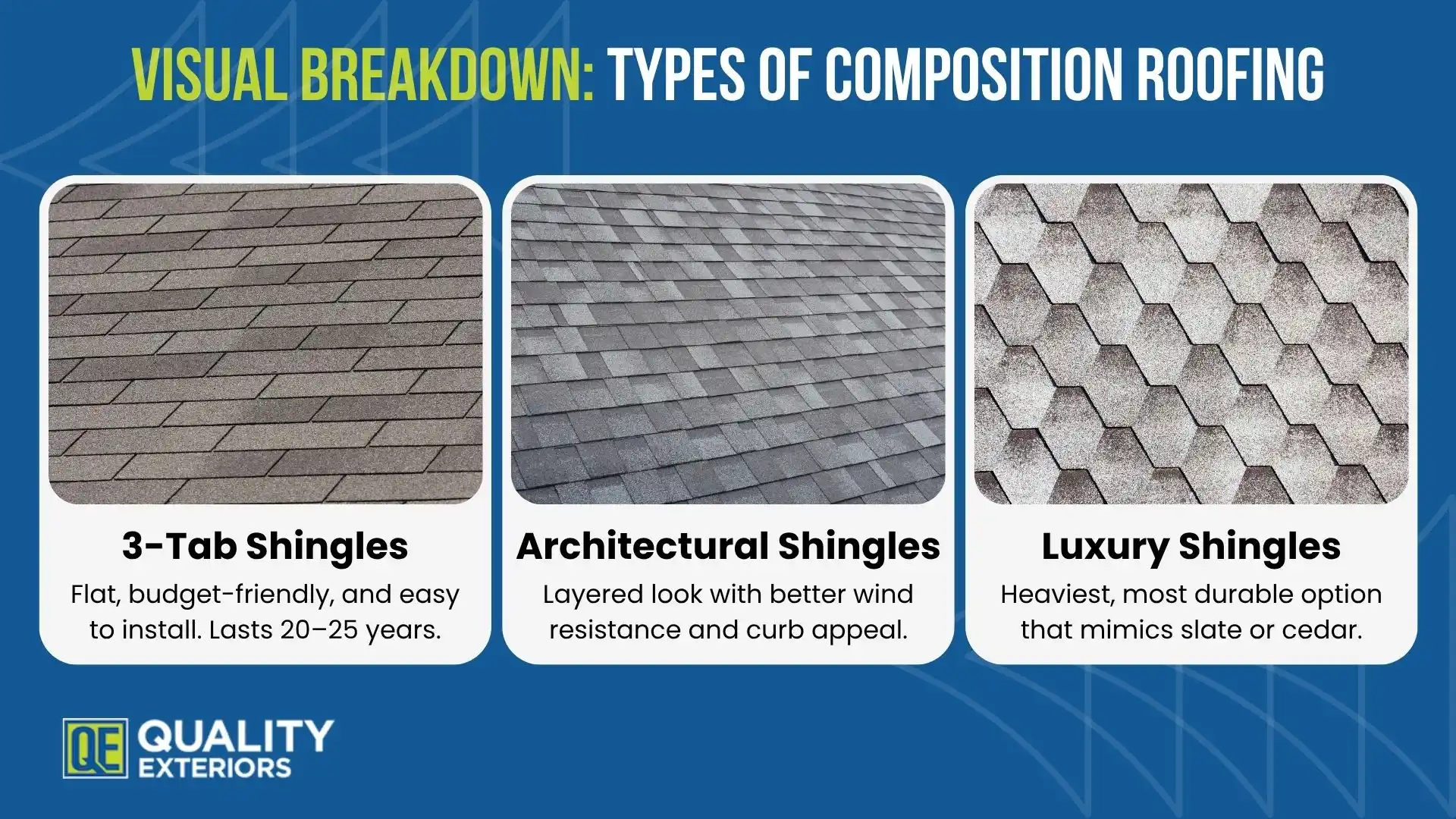
3-Tab Shingles: The Entry Point
Three-tab shingles are the most basic form of asphalt shingles, designed with a flat, uniform profile and three distinct tabs per piece. These roofing materials are cost-effective and easy to install, but their thinner build makes them more susceptible to wind uplift, granule loss, and shorter lifespans than dimensional shingles.
While they provide up to 20–25 years of reliable service when properly installed, tab shingles have a dated appearance and lower resistance to weather elements. These factors can impact curb appeal, especially if you're considering resale.
Best for: Rental homes, budget-focused projects, or short-term residences where function outweighs aesthetics.
Architectural Shingles: The Popular Middle Ground
Also known as dimensional shingles, these composition shingles are constructed with multiple asphalt-coated fiberglass layers that create a thick, textured surface. This depth not only mimics wood shakes or slate tiles but also boosts impact durability and wind resistance (up to 130 mph). With an expected roof’s lifespan of 30–40 years, architectural shingles offer better long-term value than traditional asphalt shingles, along with significantly better aesthetics.
Best for: Homeowners upgrading a primary residence who want strong protection, improved appearance, and a solid ROI.
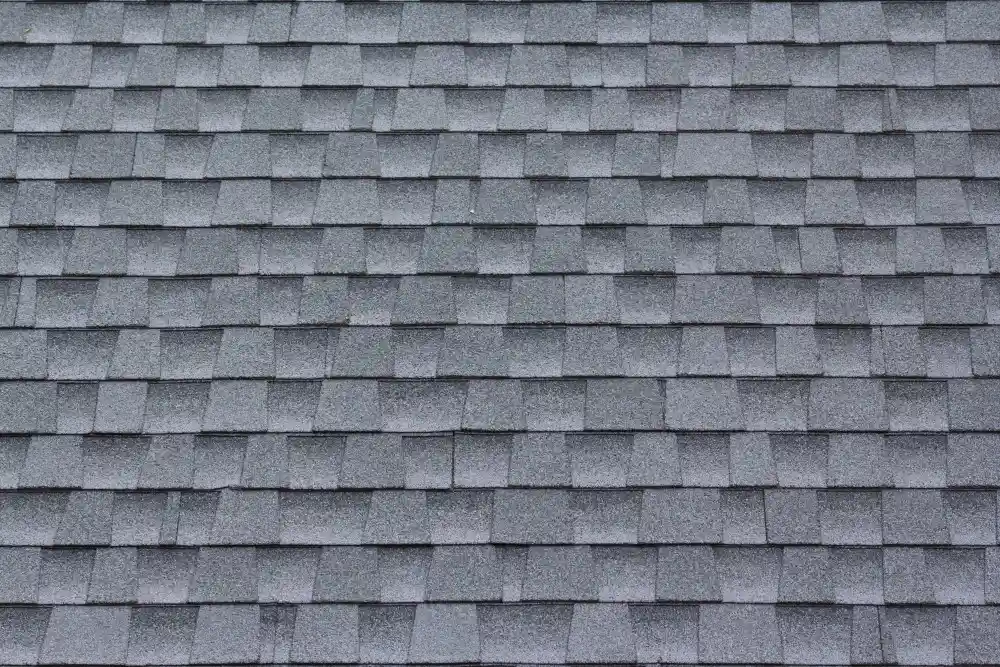
Luxury Shingles: Premium Performance
Luxury asphalt shingles are the top tier of composition roofing, as they’re built heavier and thicker to convincingly replicate natural slate roofing or cedar shake without their drawbacks. Some models use recycled materials and composite materials for enhanced durability and environmental impact.
With a lifespan of 40–50 years and options for extended warranties, luxury shingles outperform other roof types in longevity and visual appeal. Although the composition roof cost is higher upfront, the extended service life offsets this over time, especially for homeowners planning to stay in their properties long-term.
Best for: Forever homes where long-term value, upscale appearance, and minimal upkeep justify the higher initial investment.
#cta_here
How Composition Shingles Are Built
Understanding construction explains why quality varies dramatically between budget and premium composition shingles. Each layer serves specific protective functions that determine how the roof performs overall.
Key roofing components include:
- Fiberglass mat base: Adds strength, tear resistance, and fire protection.
- Asphalt coating: Makes the shingle waterproof and UV-resistant.
- Mineral granules: Shield against sun damage and add color/texture.
- Adhesive strips: Help seal shingles in place for wind resistance.
The difference between 3-tab shingles and architectural options comes down primarily to thickness and layering. Luxury shingles add even more material layers in addition to advanced polymers that extend the roof's lifespan beyond what standard asphalt compositions can achieve. These construction differences directly affect durability, weather resistance, and how long the roof is effective in protecting your home.
Realistic Lifespan Expectations
The true lifespan of a roofing material like a composition roof depends on more than just the shingle label. While three-tab shingles may last 20–25 years, architectural shingles often reach 30–40 years, and luxury shingles can deliver up to 50 years, but only if everything else is done right. That includes expert installation, adequate attic ventilation, and consistent maintenance. Poor workmanship, such as incorrect nailing or flashing, can reduce any roof’s life by up to 40%, regardless of how premium the shingles are.
Other factors like climate exposure and upkeep also play a big role. UV rays, storm damage, and poor airflow all accelerate wear. South-facing slopes and homes in harsh weather zones will see faster aging.
Meanwhile, neglected maintenance can turn small issues into major failures. In our experience, installation quality and proper ventilation often matter more than the brand or tier of shingle you choose.
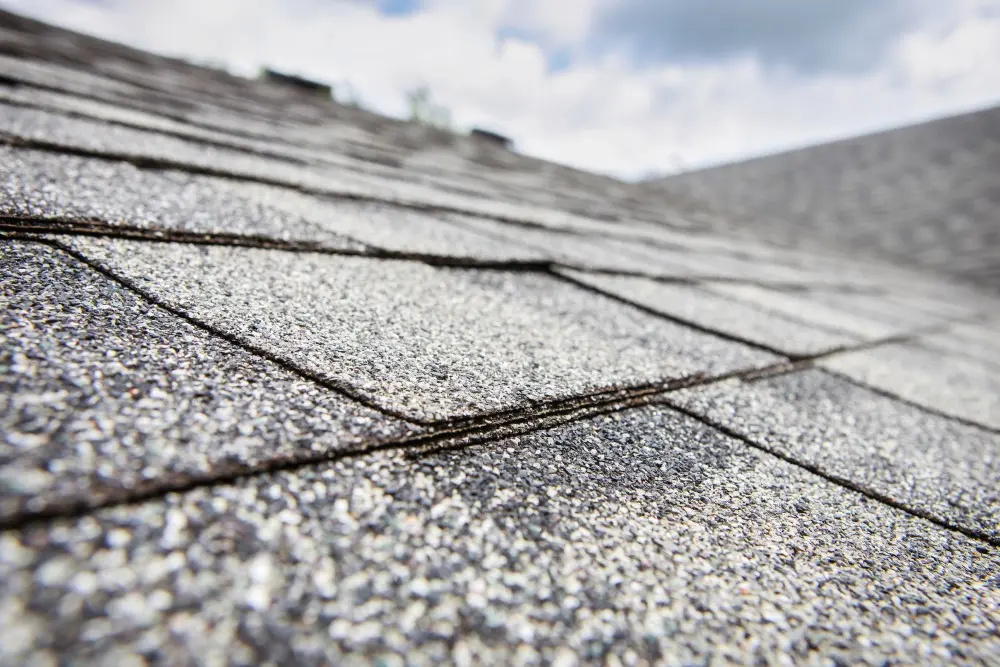
Climate Performance and Weather Resistance
A roof’s ability to handle extreme weather conditions is a key part of long-term performance. Composition shingles are designed to perform well across a variety of climates, especially when paired with proper installation, ventilation, and regular checks for damage after storms.
Here are some performance factors:
- Heat management: Good attic ventilation reduces heat buildup that can age asphalt shingles prematurely.
- Storm protection: Architectural shingles resist winds up to 130 mph, so be sure to inspect for shingle damage after severe weather.
- Hail resistance: Mineral granules absorb impact; premium options may carry hail-rated certifications.
- Moisture defense: The asphalt coating is waterproof, but flashing, underlayment, and drainage must be in place to avoid issues.
With proper setup and maintenance, a composition roof can stand up to a wide range of weather challenges while protecting your home for decades.
Cost Factors for Composition Roof Installation
Several variables affect what you'll pay for composition roof replacement beyond just the shingles themselves. Understanding these factors helps you budget accurately and compare contractor estimates fairly across different bids.
The cost of a composition roof varies based on roof complexity, existing damage, location, and material quality. Steep pitches, tear-offs, and structural repairs increase labor and disposal fees. Premium composition shingles cost more but offer better durability and warranties. Knowing how many shingles per bundle you need helps ensure the estimates are accurate.
According to the JLC 2025 Cost vs. Value Report, asphalt shingles recoup approximately 68% of installation costs through increased home value at resale. This makes composition roof replacement one of the better-returning home improvement investments compared to other major renovation projects homeowners typically undertake.
Maintenance Requirements
Composition shingles need minimal upkeep compared to other materials like wood shakes or slate roofs. That said, "minimal" doesn't mean you can completely ignore your roof until problems develop.
- Twice-yearly tasks: Clear debris and gutters; trim branches to prevent damage.
- Annual checks: Look for missing shingles or attic leaks after storms.
- Pro inspections: Get a roofer’s checkup every 3–5 years or after severe weather.
Regular maintenance catches developing issues when fixes cost hundreds rather than thousands. Most homeowners spend under $200 annually maintaining composition roofs in good condition. This is a modest investment that protects the much larger investment your roof represents for home protection.
Composition Roofs vs. Other Roofing Materials
When you choose the ideal roof material, you’ll need to understand how composition shingles stack up against alternatives. Each roofing option brings different strengths and tradeoffs worth considering.
As the comparison shows, composition shingles balance cost, versatility, and ease of maintenance, making them ideal for most homeowners. While other roofing materials like natural slate or metal roofing may last longer or provide unique aesthetics, they often come with higher costs and installation requirements.
Ultimately, the best roofing option depends on your budget, design goals, and how long you plan to stay in your home. For many, composition roofing is the ideal mix of performance and value without compromising curb appeal.
Making Your Decision: What to Consider
This decision requires evaluating several practical factors specific to your situation and priorities.
- Budget constraints: Balance total cost with funds; cheaper roofs may need earlier replacement.
- Home sale timeline: Selling soon? Architectural shingles improve curb appeal and inspection results.
- Weather risk exposure: In storm zones, impact-rated shingles offer better wind and hail protection.
- Long-term plans: For forever homes, invest in luxury shingles for durability and premium appearance.
Choosing composition roofing based on your needs, budget, and timeline leads to better results than picking the cheapest option. Don’t forget to factor in how long you’ll own the home and local weather, while proper installation can help keep your warranty valid and ensure your roof’s performance will last.








